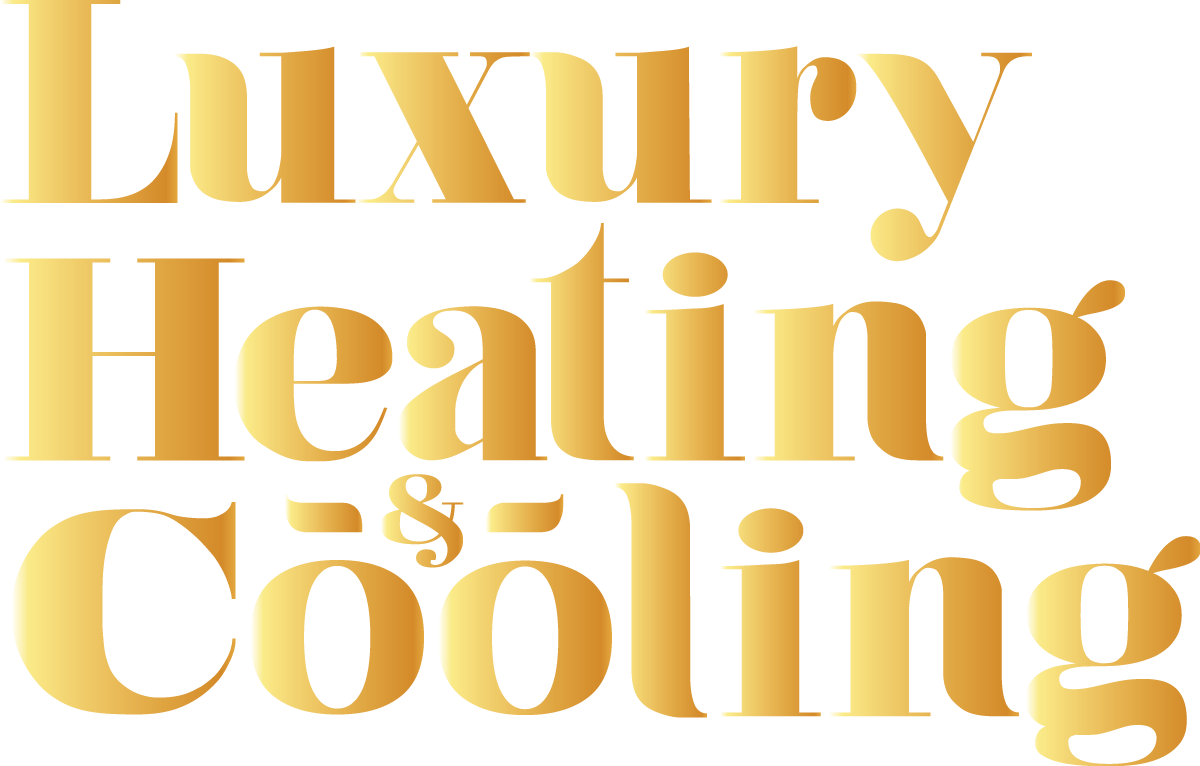So you’ve decided that in your brand new home or renovation, the morning dash to the shower across freezing cold floors will be a thing of the past. That means you’ve opted for the most efficient and economical form of home heating – a hydronic underfloor heating system from Luxury Heating – the hydronic heating specialist. Once installed, you will have your system programmed to start an hour or so before you get up to benefit from a luxurious, even temperature throughout your home, free from drafts and cold spots.
To make the most of such brilliantly efficient home heating, you’ll want to get the most out of it by choosing a floor that transmits heat to the floor’s surface as efficiently as possible (conductivity). The floors with the highest level of conductivity are tile and stone. Tile and stone have the added advantage of retaining heat effectively. Thickness won’t affect heat retention but it will affect conductivity, so for that reason it’s best to stick to a maximum thickness of 20mm.
Concrete has similar attributes to tile and stone and as such, is the ideal surface for an underfloor heating system.
Wood surfaces have different properties. Some have good conductivity for an underfloor heating system while others, namely hard and soft woods, lack the thermal properties to transmit heat effectively. Before you install hard or soft woods you should consult your hydronic heating specialist to ensure it can provide the necessary heat output. As a general rule, the surface floor temperatures for wood floors should not exceed 27 degrees.Insulation boards can improve the conductivity of some timber surfaces.
Kiln dried timbers have less moisture content so the properties of the timber don’t change when exposed to heat. The same applies to engineered and parquet timbers and bamboo. Timbers that are thin and dense adapt best to hydronic heating systems because of their heat retention heat attributes.
Other floor types include rubber, laminate, carpet and vinyl. Each are suitable and conductive but each has its limitations. Consultation with the product manufacturer and your underfloor, hydronic heating specialist will identify the issues particular to each surface.
For example, depending on the materials used, carpet and their underlays can act as insulation and inhibit their conductivity.
Rubber is highly conductive, it heats up quickly and provides high heat output. Vinyl on the other hand heats up quickly and then cools down. Vinyl can only be heated to 27 degrees celsius which limits its heat output. It’s inability to retain heat means vinyl is unsuitable for certain high heat loss areas like conservatories, for example.of your surface.
Luxury Heating are the underfloor heating company with luxury heating solutions for any surface. Luxury Heating can advise on the most efficient heating system with the right level of conductivity to keep your home at a comfortable temperature all year round.


